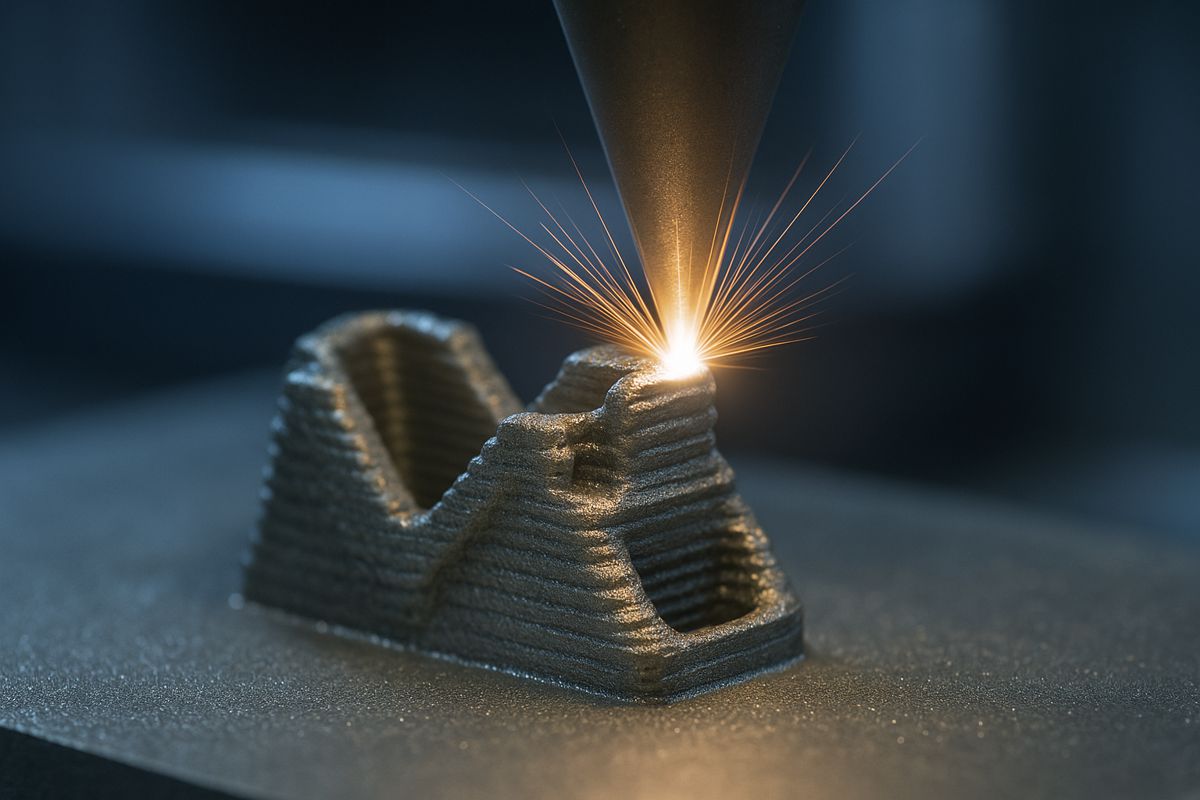Transforming Waste Oil into Energy Storage Supercapacitor Gold
The global energy crisis continues to challenge industries and policymakers alike, pushing the boundaries of innovation in sustainable technologies. Among the most promising advancements are supercapacitors—energy storage systems celebrated for their rapid charge-discharge cycles and extended lifespan compared to traditional batteries.
Yet, their widespread adoption hinges on the development of high-quality electrode materials. To meet the challenge, researchers are turning to advanced carbon materials enhanced with porous structures and nitrogen doping. Remarkably, waste oil—a common by-product often discarded—is emerging as a surprising hero in this quest for sustainable energy solutions.
Revolutionising Energy Storage with Waste Oil
A ground-breaking study published in Waste Disposal & Sustainable Energy on October 18, 2024, unveiled a novel method of transforming waste oil into high-performance supercapacitor electrodes. Researchers from the University of Shanghai for Science and Technology and Tongji University introduced a process that repurposes waste oil into nitrogen-doped hierarchical porous carbons (HPCs). Using a technique called Carbonisation under Autogenic Pressure at Elevated Temperatures (CAPET), coupled with potassium hydroxide (KOH) activation, the team achieved exceptional results in material performance.
This innovative approach not only addresses the need for more sustainable materials but also highlights the untapped potential of waste oil. By combining linoleic acid—a primary component of waste oils—with melamine, the researchers developed a material with outstanding properties tailored for energy storage.
The Science Behind the Transformation
The process begins by heating linoleic acid and melamine to 600°C. The subsequent KOH treatment enhances the carbon’s structure, creating HPCs with an astonishing surface area of up to 3474.1 m²/g. These materials exhibit mesopores (medium-sized pores) that constitute over 70% of the total pore volume. Mesopores are crucial for ion transport and storage, making them ideal for supercapacitor applications.
Nitrogen doping, achieved through the incorporation of melamine, adds another layer of functionality. It not only boosts the material’s conductivity but also introduces active sites within the carbon framework, significantly improving electrochemical performance. The resulting HPCs achieved a specific capacitance of 430.2 F g−1, retaining 86.5% of their capacity even after 2000 charge-discharge cycles.
From Lab to Real-World Applications
“By using waste oil as a precursor, we’re not only recycling waste into a valuable resource but also creating a supercapacitor material with exceptional electrochemical properties,” explained Dr. Suyun Xu, one of the lead researchers on the project. This breakthrough highlights the dual benefits of sustainability and technological advancement. The ability to transform a problematic waste product into a high-value material underscores the potential of circular economy practices.
The applications of these nitrogen-doped HPCs stretch far beyond academic research. Their unique properties make them ideal for cutting-edge energy solutions, such as:
- Electric Vehicles (EVs): The fast charge-discharge capabilities of supercapacitors are perfect for EVs, offering enhanced performance and longevity.
- Renewable Energy Systems: HPCs can efficiently store energy from intermittent renewable sources like wind and solar, bridging the gap between supply and demand.
- Consumer Electronics: Lightweight and durable, these materials could revolutionise portable devices by improving battery life and reducing charging times.
This innovative method not only boosts the performance of supercapacitors but also significantly reduces environmental waste. By repurposing used oils, the process contributes to a cleaner and greener energy landscape.
Pioneering Sustainability in the Energy Sector
The broader implications of this study are profound. With waste oil being widely available and often improperly disposed of, the approach offers an eco-friendly alternative that could mitigate environmental damage while addressing a pressing technological need. This synergy between sustainability and innovation could redefine how industries perceive waste.
Beyond its environmental benefits, the process is economical. Waste oil is a readily available and inexpensive feedstock, which could lower production costs for high-performance carbon materials. This affordability opens doors for widespread adoption, particularly in regions with limited access to traditional raw materials.
Expanding the Horizon of Energy Storage
Supercapacitors, though promising, have traditionally faced challenges in scaling up due to cost and material constraints. However, this breakthrough demonstrates that sustainable materials can meet—and even exceed—performance benchmarks. By optimising pore structure and enhancing conductivity, the researchers have set a new standard for energy storage technologies.
Moreover, this development aligns perfectly with global efforts to achieve carbon neutrality. By reducing reliance on virgin materials and minimising waste, the process contributes to broader sustainability goals, including those outlined in the United Nations’ Sustainable Development Goals (SDGs).
A Greener Future with Innovative Solutions
As the world grapples with energy challenges, innovations like these offer a glimmer of hope. The transformation of waste oil into a supercapacitor material is a testament to the power of ingenuity. It proves that sustainable practices can go hand-in-hand with high-performance technology, paving the way for a cleaner, more efficient energy future.
This groundbreaking research not only addresses the energy crisis but also champions the principles of a circular economy. By leveraging waste as a resource, it creates a pathway to greener energy systems while inspiring industries to reimagine what’s possible. It’s a powerful reminder that sometimes, the solutions to our most pressing problems lie in the resources we’ve overlooked.




















